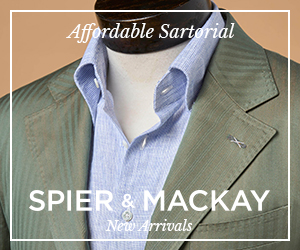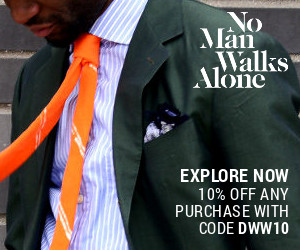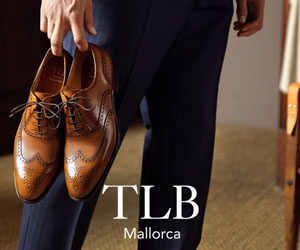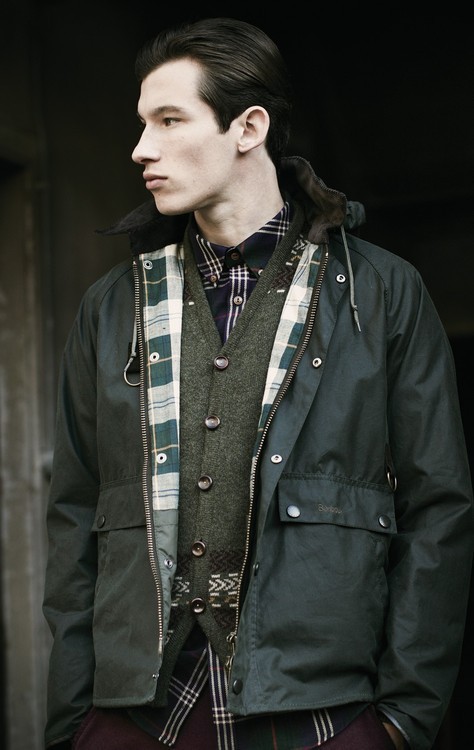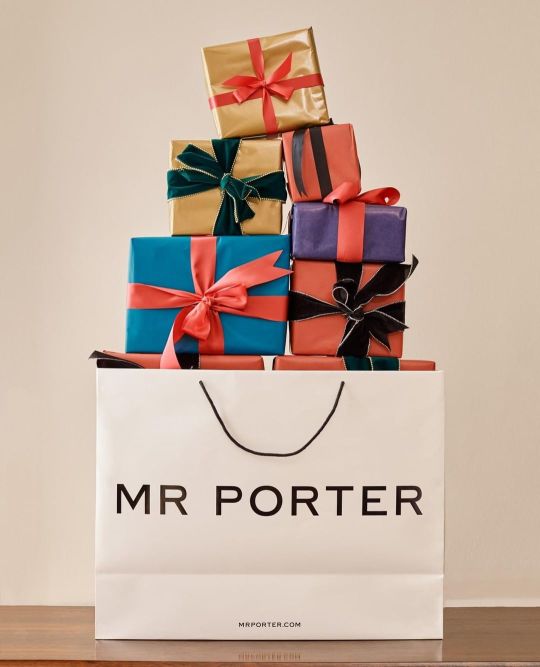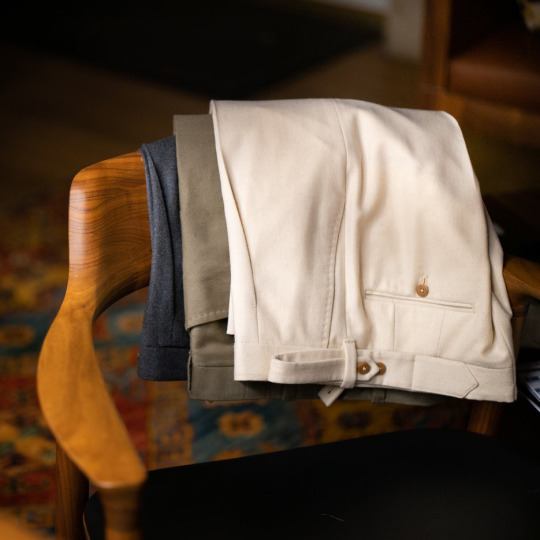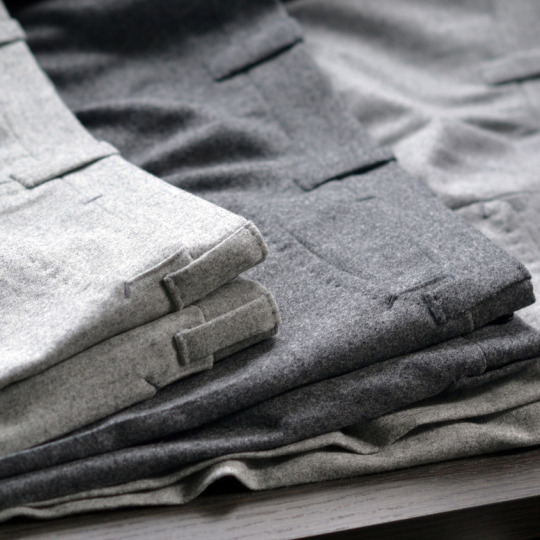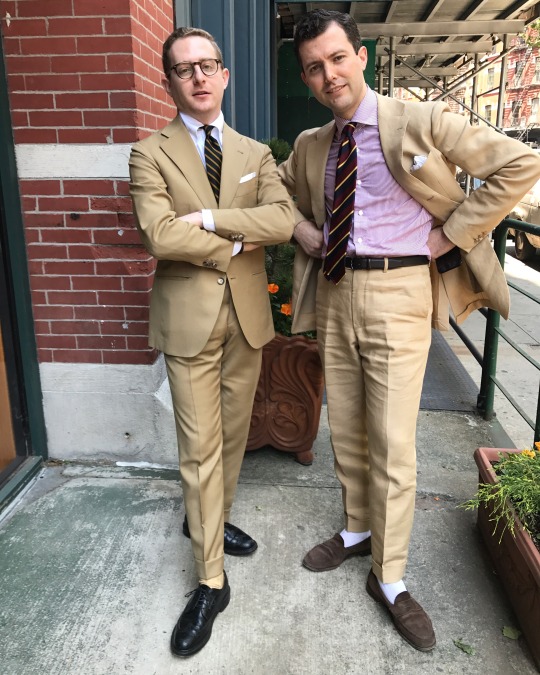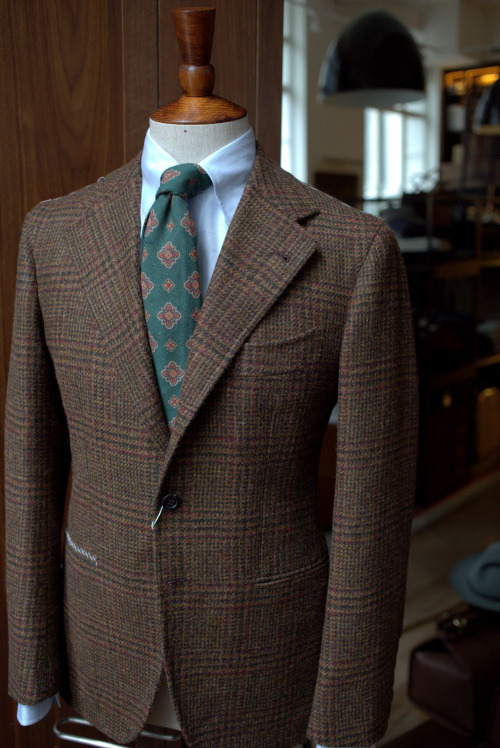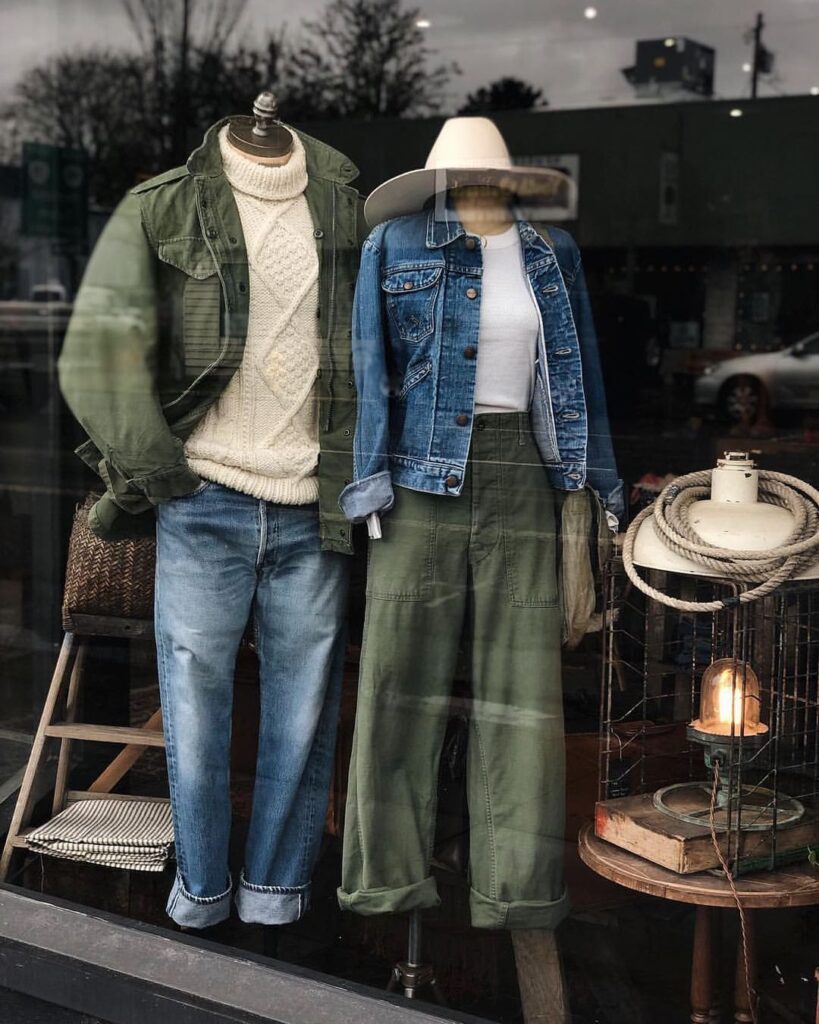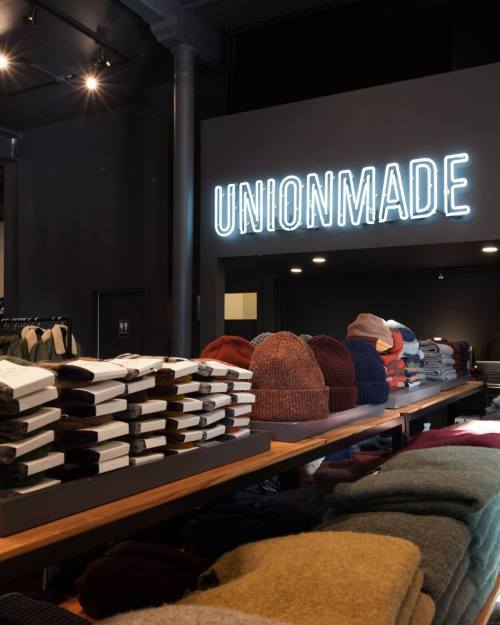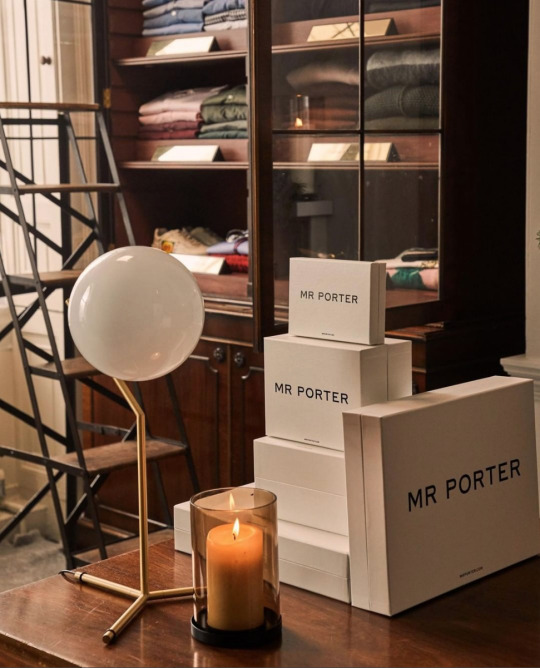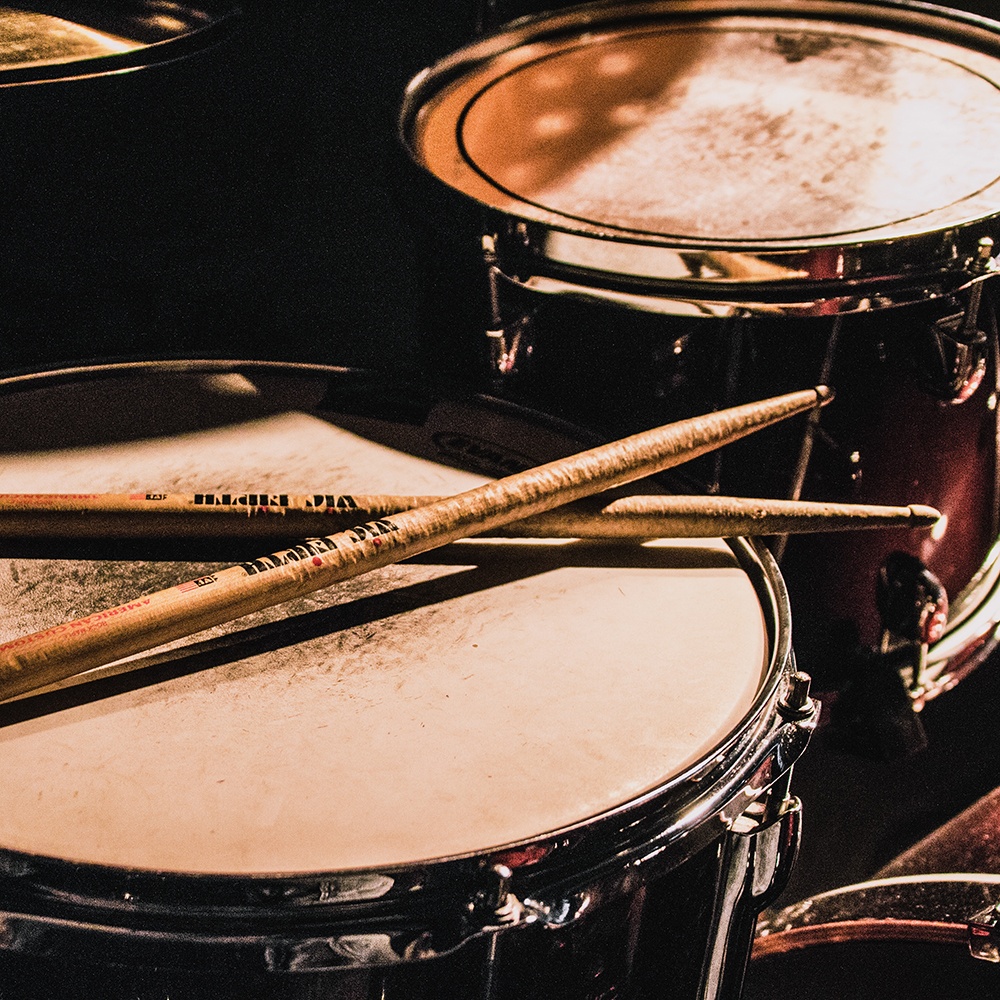
Yesterday marked the beginning of a new year on the Gregorian calendar. While seasons and days have their natural demarcations, the division of years is a totally artificial, man-made boundary. Humankind needs some way to clear the books and start a new ledger; somehow we have jointly decided that the time to do this is the turning of the new year, and that this happens on an agreed-upon day in the dead of winter. The Earth recognizes no particular difference between Tuesday and Monday, but by now billions of new year resolutions have been made, some already broken. This year, we tell ourselves, will be the year that we become better versions of ourselves.
Fashion, too, reinvents itself on a schedule. Every year brings new clothes, new trends, and even new companies. 2019 will offer hundreds of options for every imaginable item that could be in a closet, each evolution differing from its predecessor only by a matter of degrees. Hanes is for basics. American Apparel is Hanes, but pornographic. Everlane is American Apparel, but celibate. Entireworld is Everlane, but cultish.
Though the market drowns in options, and the stream of fashion moves ever quicker, the average consumer does not navigate the twists and torrents of the entire industry. Instead, they find direction from just a handful of companies. And what matters is not the passing of seasons or the deluge of new releases, but rather how each company organizes those releases that affect our perception of time – and, relatedly, style.
Keep reading




